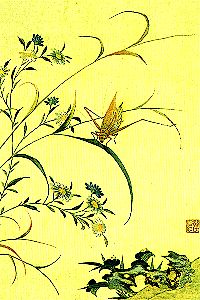| About China > Geography > Local Products |
|
|
Jiangsu Su Embroidery
Su embroidery is known for its delicacy and elegance. It has a wide range of themes. Its techniques include both single faced embroidery and unique double-faced embroidery that looks the same from either side. Double-sided embroidery has the same pattern on both sides and uses the same embroidering method that does not show the joins in the stitches. Basic features of Su embroidery are simple composition, clear theme, vivid image, and gentle color. In recent times, Su embroidery design has absorbed some western painting techniques.
The design is usually very simple, high lighting a main theme. Its stitching is smooth, dense, thin, neat, even, delicate and harmonious, etc. The thin thread is divided into up to 48 strands that are barely visible to the naked eye. In terms of categories, Su embroidery has stage costumes, embroidery fabrics and hanging screens, etc. Su embroidery products were sent to participate in the Panama World Fair in 1915. Since then, the style has become increasingly famous throughout the world. |
||||||
 |

